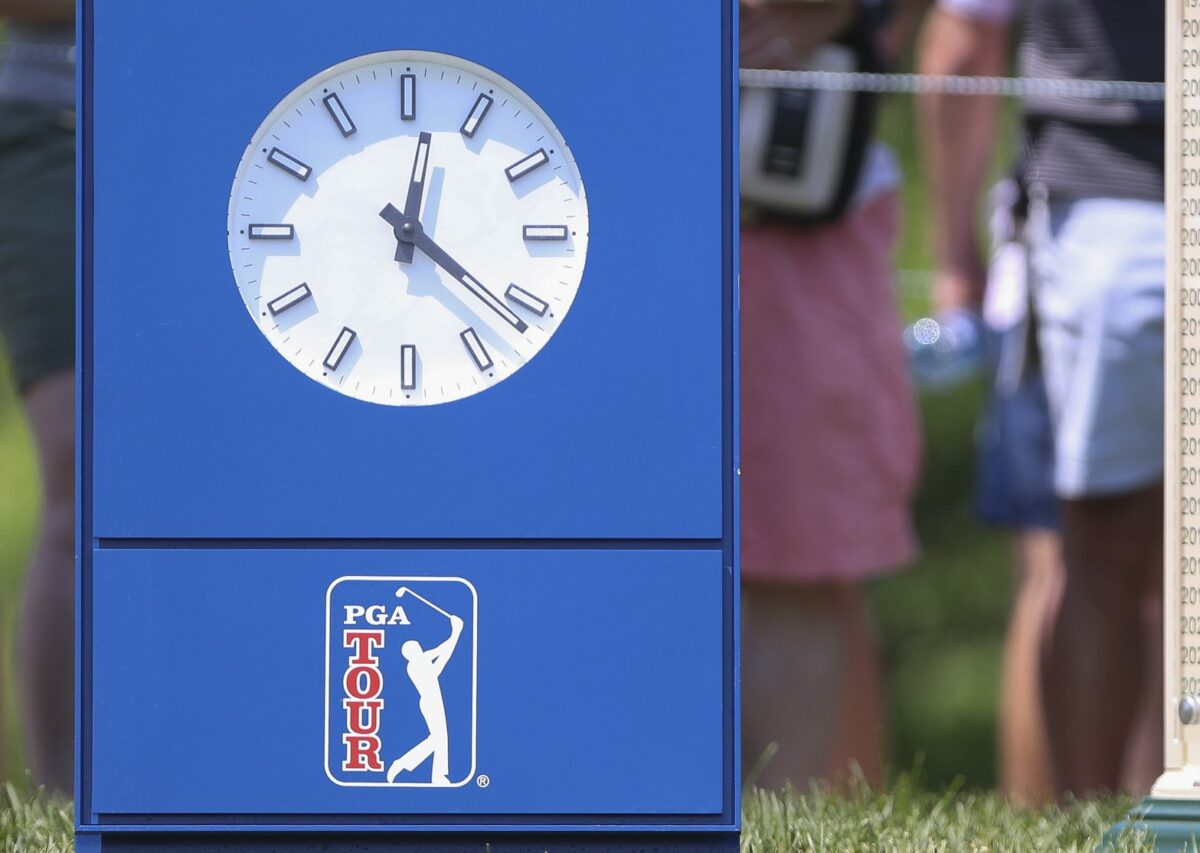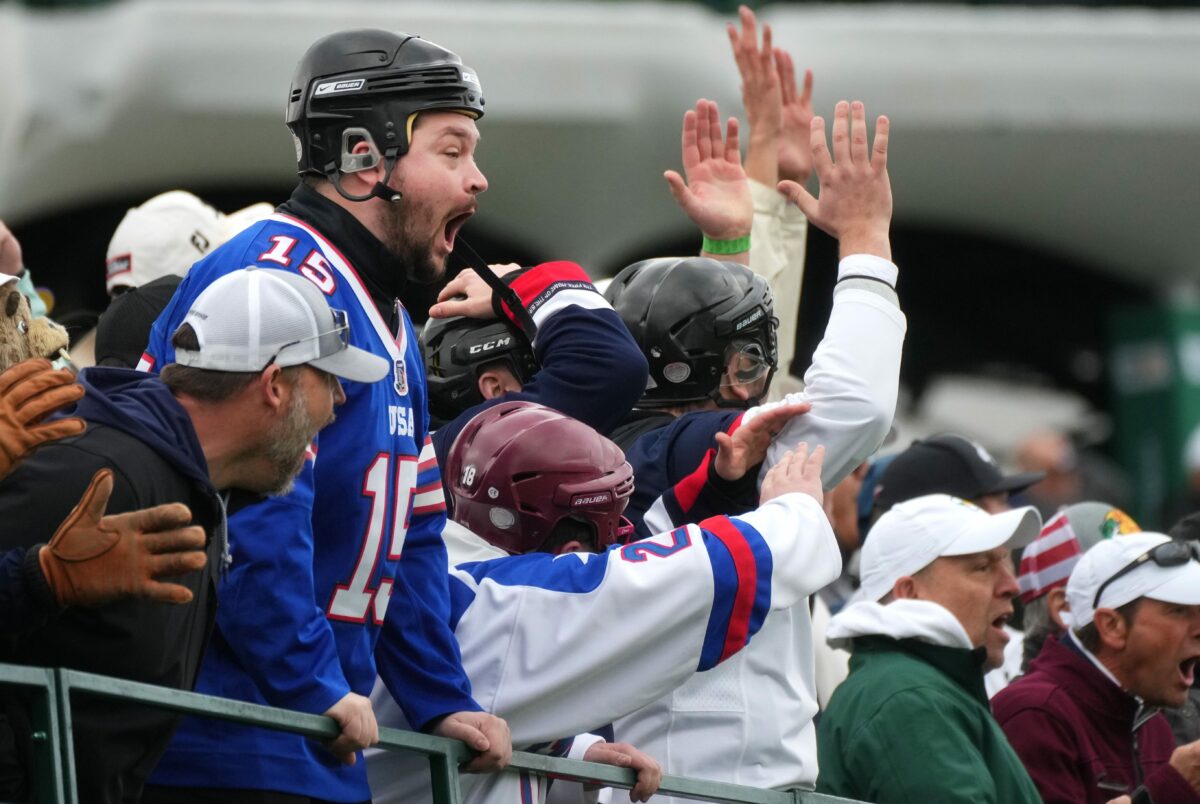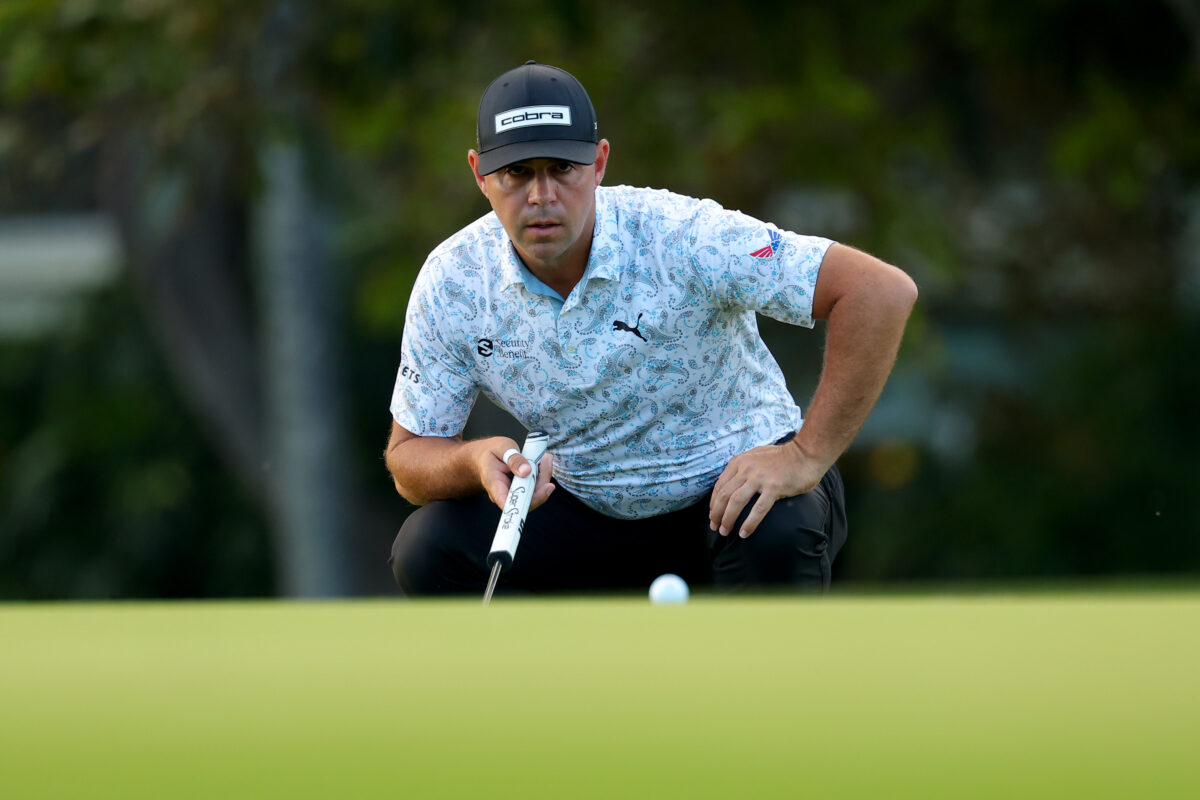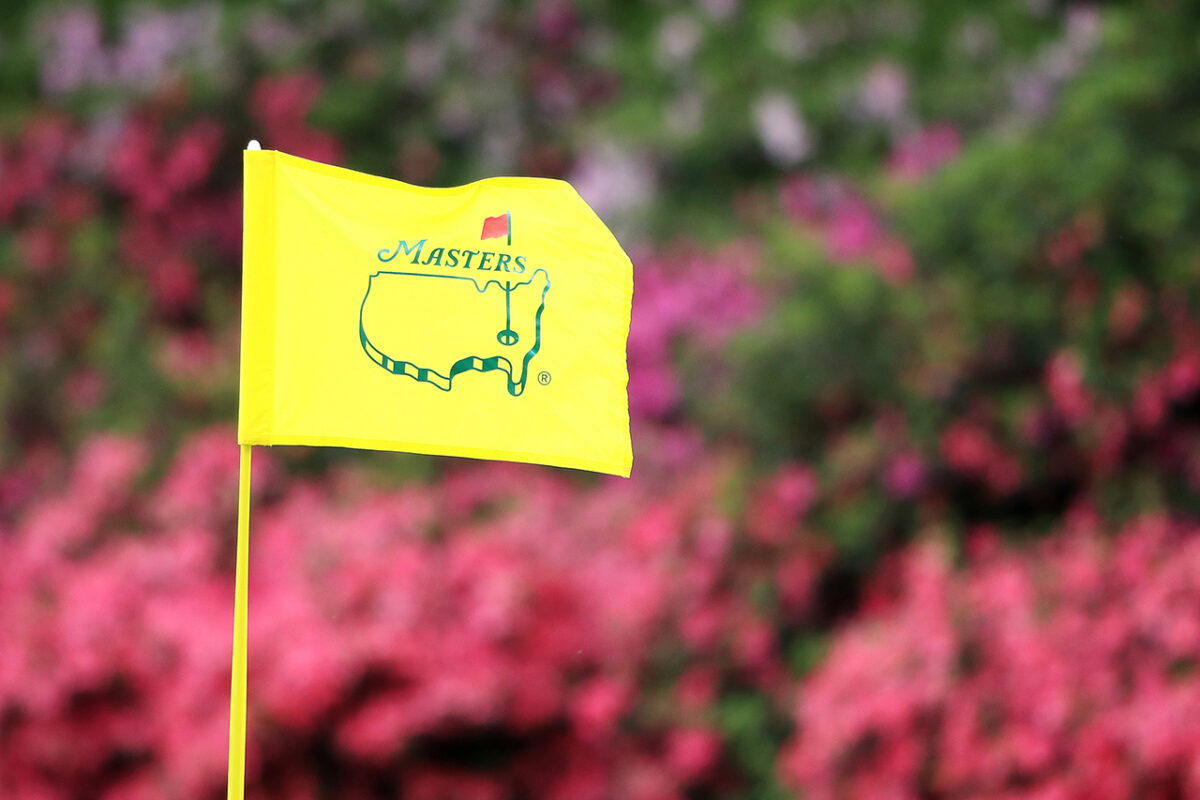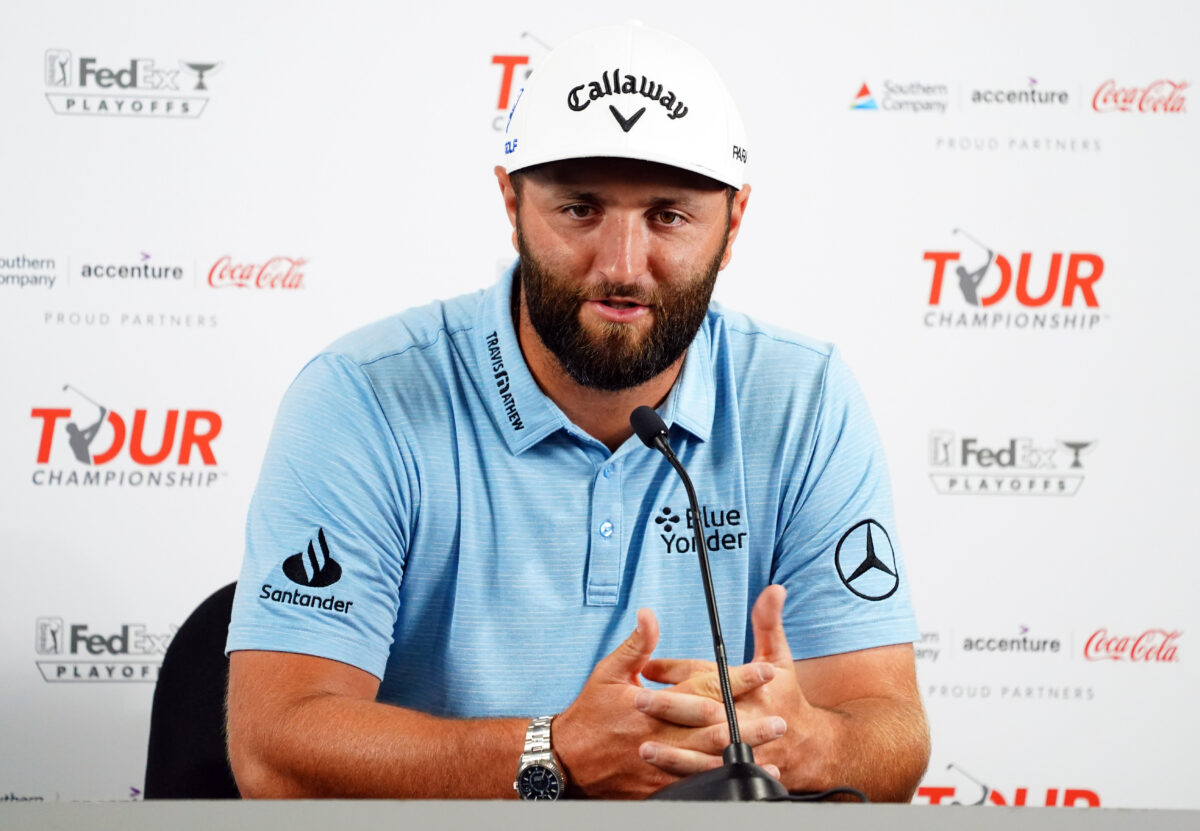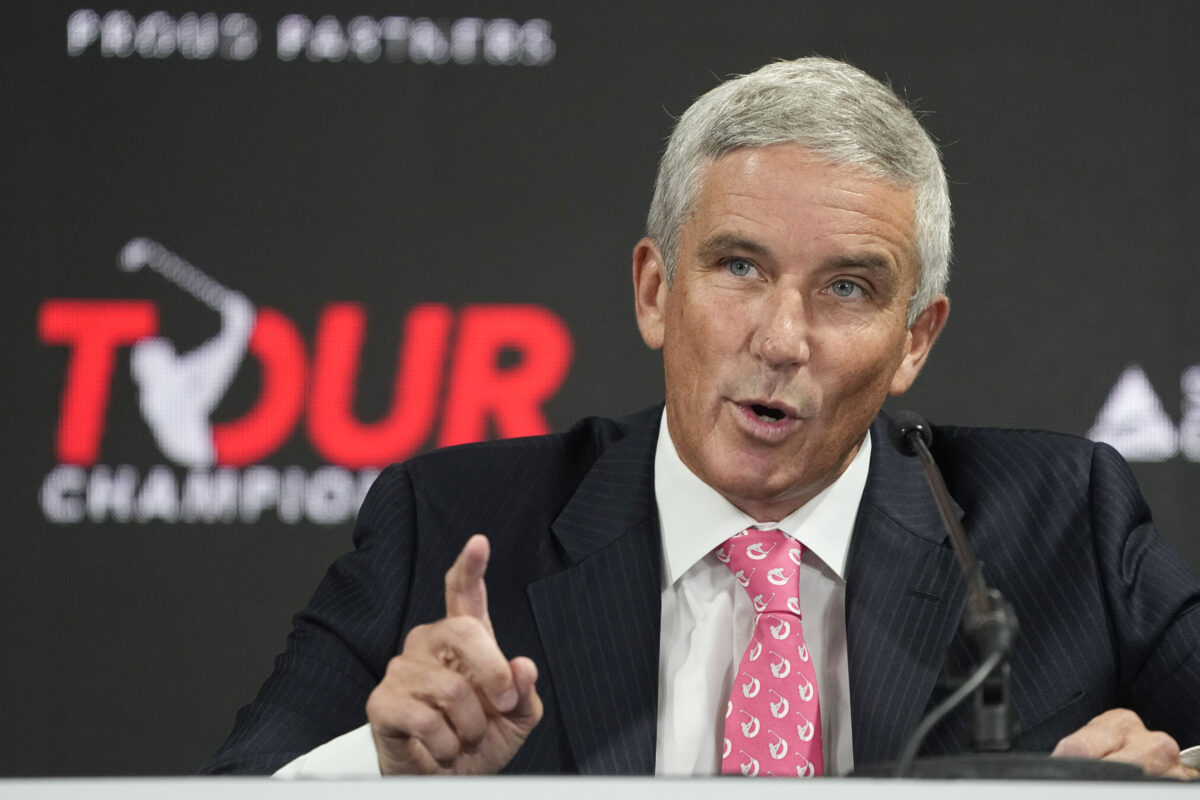In the Oscar-winning Indian movie “RRR,” there’s a bleakly comedic scene in which a tyrannical politician berates an officer for training his gun on a woman from the lower orders, telling him that the cost of his ammunition exceeded the value of the life he intended to take with it. Adopting that ghoulish standard, one wonders why the overworked firing squads of social media even bothered taking aim at Chris DiMarco, who this week joined a lengthy list of professional golfers giving voice to unspeakably deluded notions.
“We’re kind of hoping that LIV buys the Champions Tour, to tell you the truth,” DiMarco said on a visit to the Subpar podcast, as he unfavorably compared prize money at the Players Championship with purses on the Toviaz tour. “Let’s play for a little real money out here. This is kind of a joke when we’re getting $2 million. There were like seven guys last week from TPC [Sawgrass] that made more money than our purses.”
He didn’t define the ‘we’ on whose behalf he claimed to speak, but DiMarco’s comments surely had his peers squirming in the Champions Tour locker room, itself a verdant pasture of conspiracy theories so kooky that even a Lyndon LaRouche-ite might think the crazy train had passed his stop.
It’s easy to cite DiMarco’s performances — a T-33 his best finish in 2024, and no better than a T-15 in 23 starts last season — and ask just how much value he thinks he adds to the Champions Tour, beyond being an amiable pro-am companion for a group of middle managers. Doing so would be a disservice to what was a respectable if fleeting career on the PGA Tour, and would overlook the actual point he was making. DiMarco didn’t say he personally deserves more from the cash spigot now watering every lawn in Jupiter, rather that the tour on which he competes does. But that’s an argument not even his most avaricious senior colleagues are making right now, with good reason.
Talk to most any player on the Champions Tour and you’ll find they are pissed at how the PGA Tour they helped build is being treated by the current generation as wholly their asset to remortgage, at how naked greed is trumping any sentiment about the greater good of the game. The flat-bellies might dismiss veterans with ‘get off my lawn’ memes and eye rolls, but theirs are important voices in any conversation about the Tour’s future. Which is why some experienced hands will find it frustrating that one of their own mounted a dumb argument—that senior purses aren’t adequately financed—and chose a dumb time to do it.
The new for-profit entity, PGA Tour Enterprises, is going to reshape men’s professional golf. Along the way, every budget line in the Global Home will be subjected to close scrutiny and value assessments not rooted in sentimentality. That will include all the tours operating under the mothership’s umbrella. The degree to which the Champions Tour is subsidized by headquarters is often exaggerated. According to one source familiar with internal accounting, it’s no more than a few million dollars annually. That’s pennies for an organization now valued at $12 billion, but pennies are snatched back first in pursuit of dollars, and this is not the time to suggest that even bigger handouts might be in order.
There’s an understandable disconnect between what the Champions Tour is commercially and what many of its members imagine it to be competitively. Players see a cutthroat circuit where every buck is hard-earned, which is fair enough. But the business of the Champions Tour is essentially that of an elevated pro-am circuit, with 200-odd amateurs paying to play both Wednesdays and Thursdays, with another 100-ish on Mondays, if there’s demand. Television viewership is meager, worryingly so since a decent percentage of those watching could be in danger of expiring during the broadcast window. The value of the Champions Tour lies in being an on-site entertainment platform that can support itself (albeit in orthopedic shoes), not as a product with a monetizable audience of scale and global growth potential.
That might change after December 30, 2025, when Tiger Woods turns 50 years old and becomes eligible to join the circuit. If he can’t or won’t play, then the Champions Tour will never have been less relevant. If he does compete, even sparingly, Woods could boost the Tour’s value well beyond pro-am receipts. But until such times manifest, those who play out there are paid sufficiently within the parameters of what their tour is.
The ‘git me some’ attitude in DiMarco’s comments — which goes in tandem with dismissing fans as an afterthought — is easily derided, but a 55-year-old struggling pro with loose lips, 20-plus years removed from his last win, is a conveniently soft target. If folks want to take aim at professional golfers who express entitlement to greater rewards while adding little to the product or fan experience, there are plenty of Chris DiMarcos on the PGA Tour doing just that.
[lawrence-auto-related count=1 tag=451190070]

